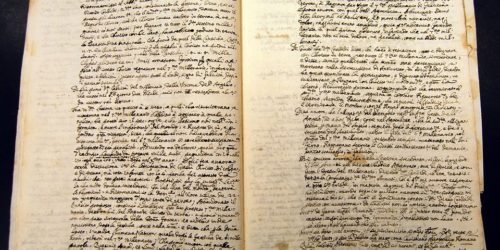The Family History Guide on Facebook
As you probably know, The Family History Guide has two associated Facebook pages: Our public page, at https://www.facebook.com/TheFamilyHistoryGuide A private Group for trainers and consultants, at https://www.facebook.com/groups/thefhguidetraining/ If you are interested in joining the Group, please request membership. For the past few weeks, we have been adding helpful family history tips to these pages, with a wide variety of topics...









